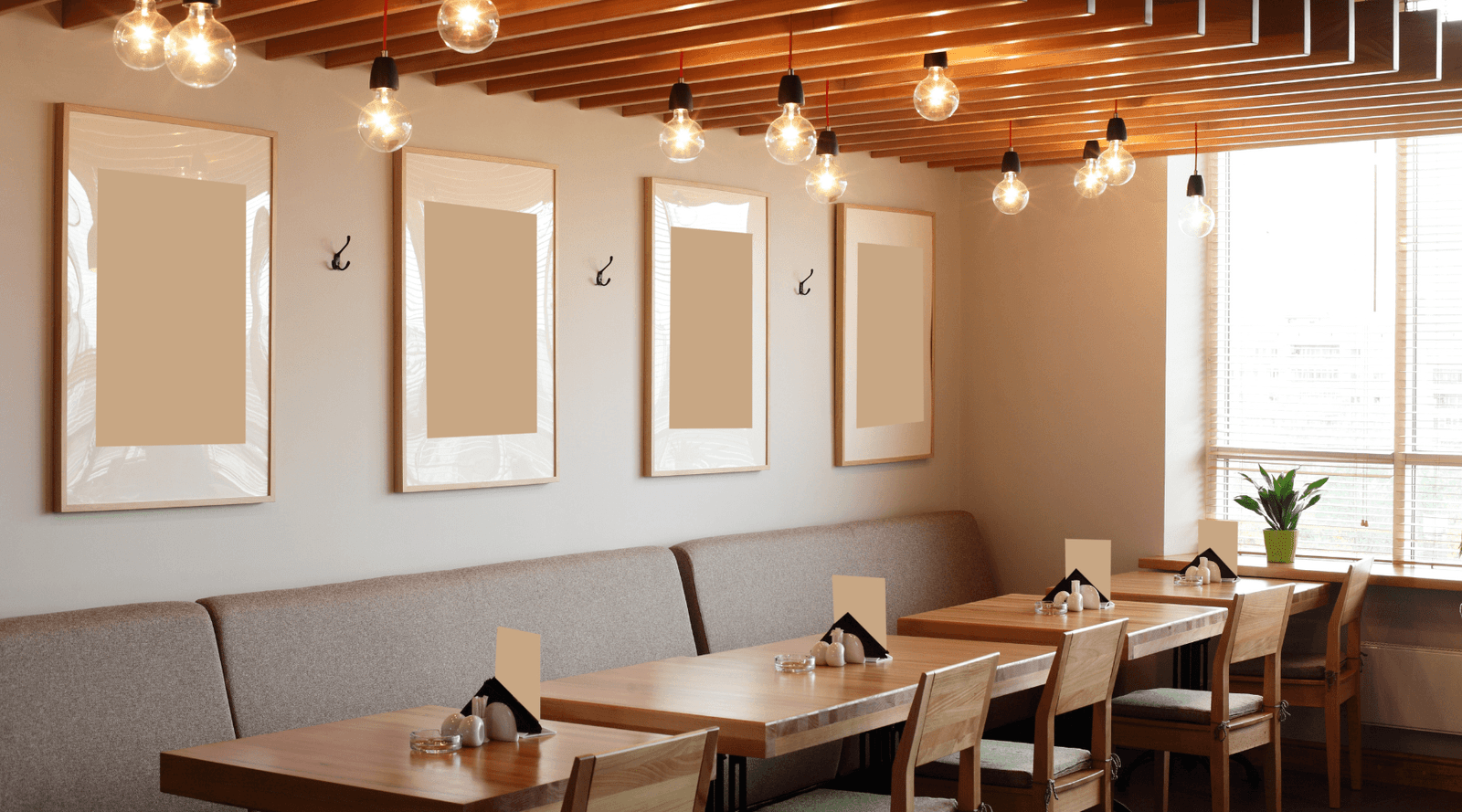Visibility is one of the most crucial elements when it comes to running a successful restaurant in Thailand. In today’s digital age, having a strong online presence means having a strong online presence. Think about it – when was the last time you looked up a restaurant online before deciding where to eat? Probably recently, right? That’s because most of us turn to the internet, usually Google, to discover new restaurants, read reviews, and make reservations. So, if your restaurant isn’t showing up online, you’re missing out on a huge opportunity to attract new customers.
SEO for restaurants in Thailand what are keywords and GMB listing?
The truth is, having a website and social media accounts just isn’t enough anymore. You need to be optimized for search engines so that when people search for keywords related to your business, you’re the one who shows up at the top of the list. And that’s where SEO comes in – Search Engine Optimization. It’s the process of improving your online visibility by optimizing your website, content, and online presence to rank higher in search engine results.
Why is SEO important for restaurants?
But why is SEO so important for restaurants? Well, think about it – when someone searches for “best-fried rice restaurant in Bangkok,” you want your restaurant to be the one that shows up at the top of the list, right? That’s because the top spot gets the most clicks, the most attention, and, ultimately, the most customers. And that’s what it’s all about – driving more traffic to your restaurant and, ultimately, increasing sales and revenue.
In this article, I’ll be sharing some SEO tips specifically tailored for restaurants so you can start driving more traffic to your business. From optimizing your Google My Business listing to creating content that resonates with your target audience, we’ll cover it all. So, let’s dive in!
Competition level of restaurants in Thailand
The first thing to do before any SEO strategies is finding out the competition level of your restaurant. Here are the steps to follow to determine the competitiveness of your targeted market:
1. Find the main queries of your restaurant
You can easily find out about the main queries by thinking from your customers’ mind. What would they type on their phone to find you? For example, you are a sushi restaurant in Bangkok, thus the customers would usually type “best sushi Bangkok” or “sushi restaurant Bangkok” right? There is your main query! Now you have what it calls “keywords” in SEO term.
2. Use free online tool to see the competition level
You will now use Ahrefs’ Keyword Difficulty Checker by entering your main keyword in the tool. In the image below, I am trying with the word “sushi Bangkok”. Also make sure to set the country to your targeted country for accurate results.

Here are the results:
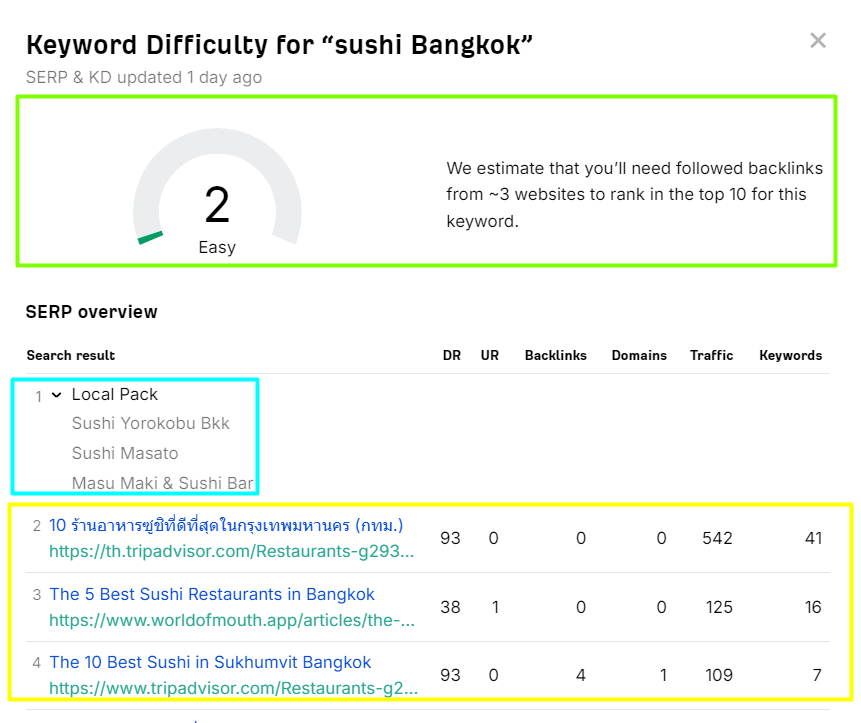
Keyword difficulty part (the green one)
This part will give an overall numerical value from 0 to 100, 0 meaning very easy to rank, and 100 meaning it’s very hard to rank as there are many good sites targeting the keyword. In this case, the keyword difficulty for the word “sushi Bangkok” is only 2, thus it’s very to rank. BUT do not take this value to your heart, as these are just estimates, and I find many easy to rank keywords to be hard to rank, and hard keywords to be easy to rank!
Local pack (the blue one)
Local pack means the business listings from “Google My Business” profiles, also known as “Google Maps”. Whenever a user search for keywords that have the intention of searching for places, Google will first show a list of local businesses depending on the user’s IP address. The image below is an example of what local pack means:
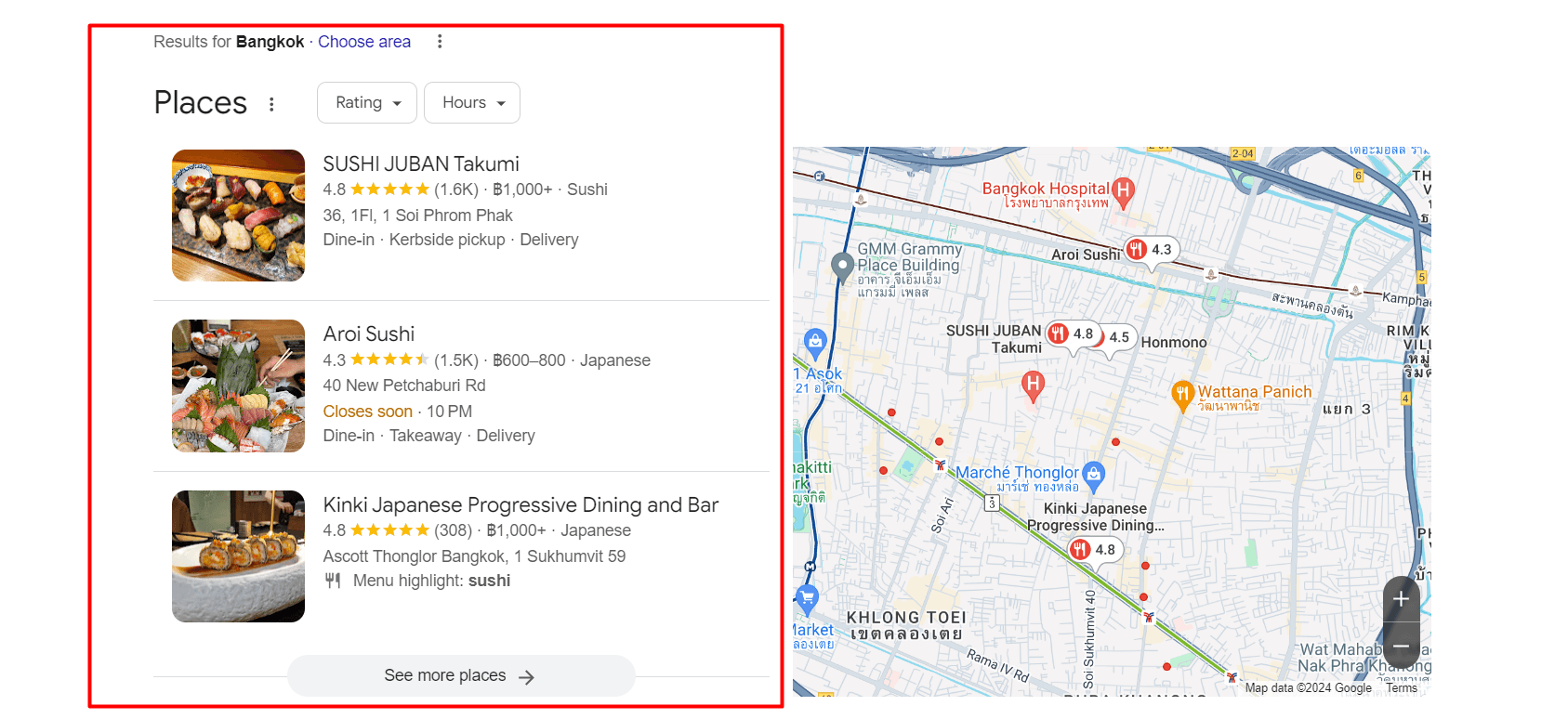
Search result pages (the yellow one)
In this part, you will see other websites’ content about your searched keyword. The Google is showing me listing articles of sushi restaurants in Bangkok from various restaurants because it knows that I want to know about these stuff. Quite smart, isn’t it?
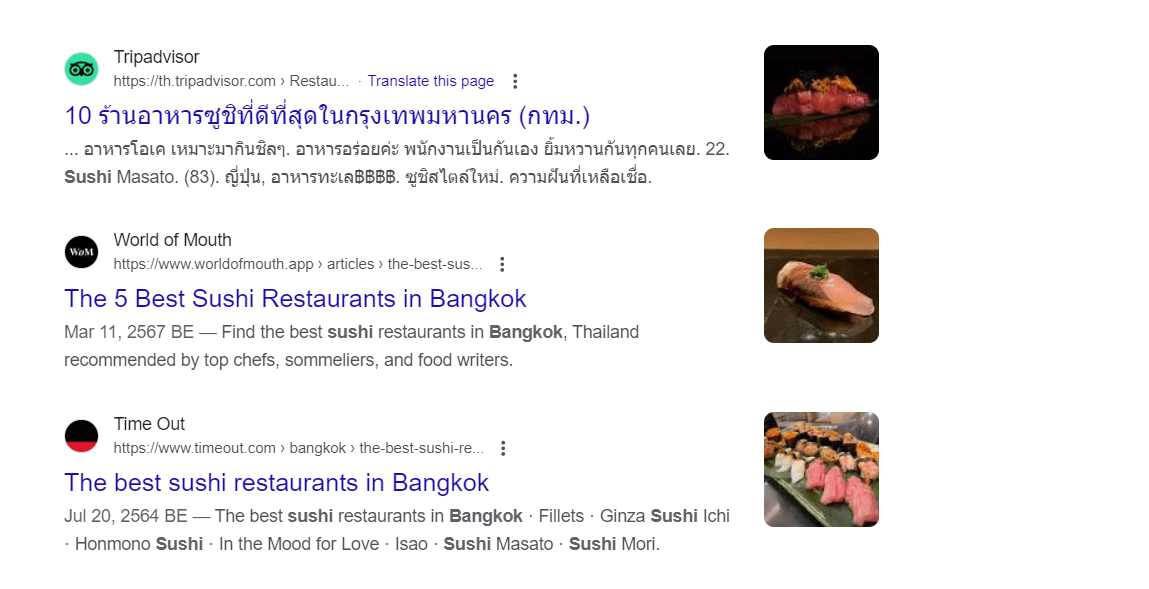
Now you know how to determine the competition level of your restaurant! Congratulations. If you are having trouble doing this step, feel free to reach out to me for a free SEO consultation on your restaurant!
What to do after keyword difficulty?
Now that you know the difficulty level to make your restaurant’s GMB profile or website rank, you now understand how much time, and effort you have to give to make it happen. If your keyword difficulty is below 20, it will take around 4 to 6 months minimum to actually get a good, and consistent place on Google. But remember, it doesn’t mean that everything is finished after your website is ranking, you will always need to update it monthly to make sure your site is relevant, and fresh in Google’s eyes.
Create a GMB listing: step by step guide
The second thing to do after knowing your keyword is create a business profile on Google.
1. Sign in to Google
First, make sure you have a Google account (Gmail). If you don’t have one yet, go to google.com and click “Sign In” or “Create an account” to get started.
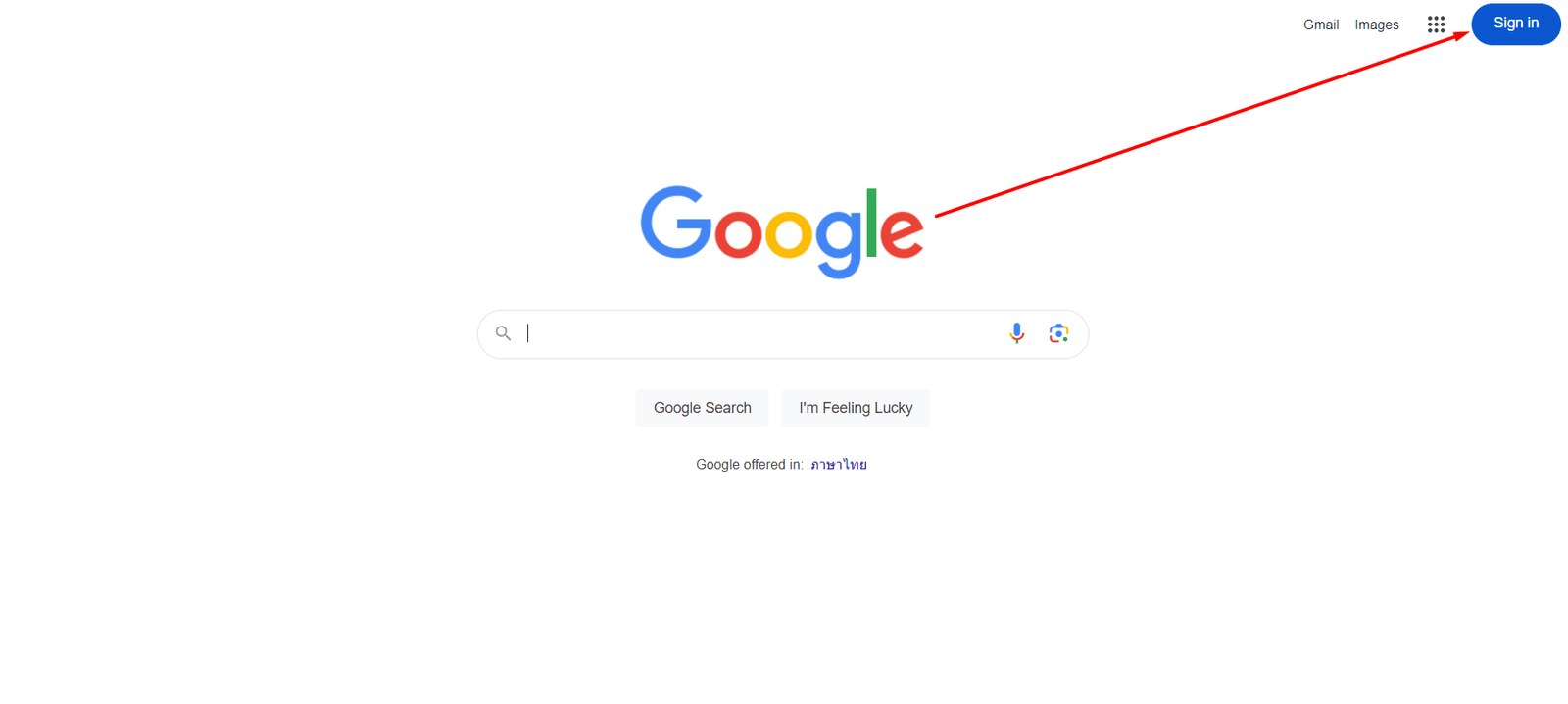
2. Go to Google My Business
Once signed in, go to the Google My Business website.
- Click on “Manage Now” to begin.
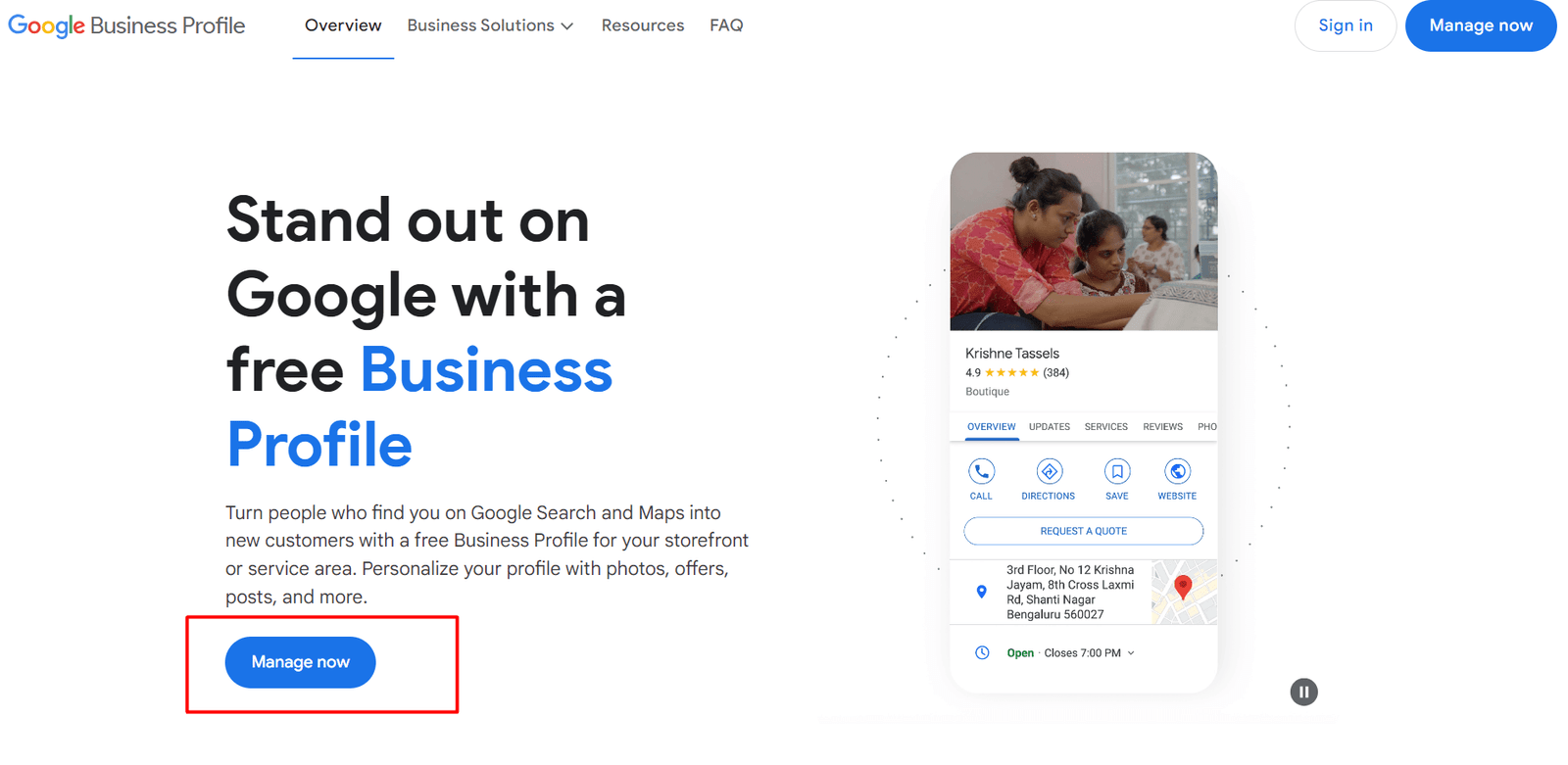
3. Enter your restaurant name
Google will ask you to enter your business name. Make sure to use the exact name of your restaurant as it appears on your signage, menus, or website. This will help customers recognize you.
- After entering the name, click “Next”.
- One small hack many businesses do is putting in the main keyword of their business in the Business name as well. For example a tailor shop in Bangkok called Vertise named its business name to be Vertise Bangkok Tailor.
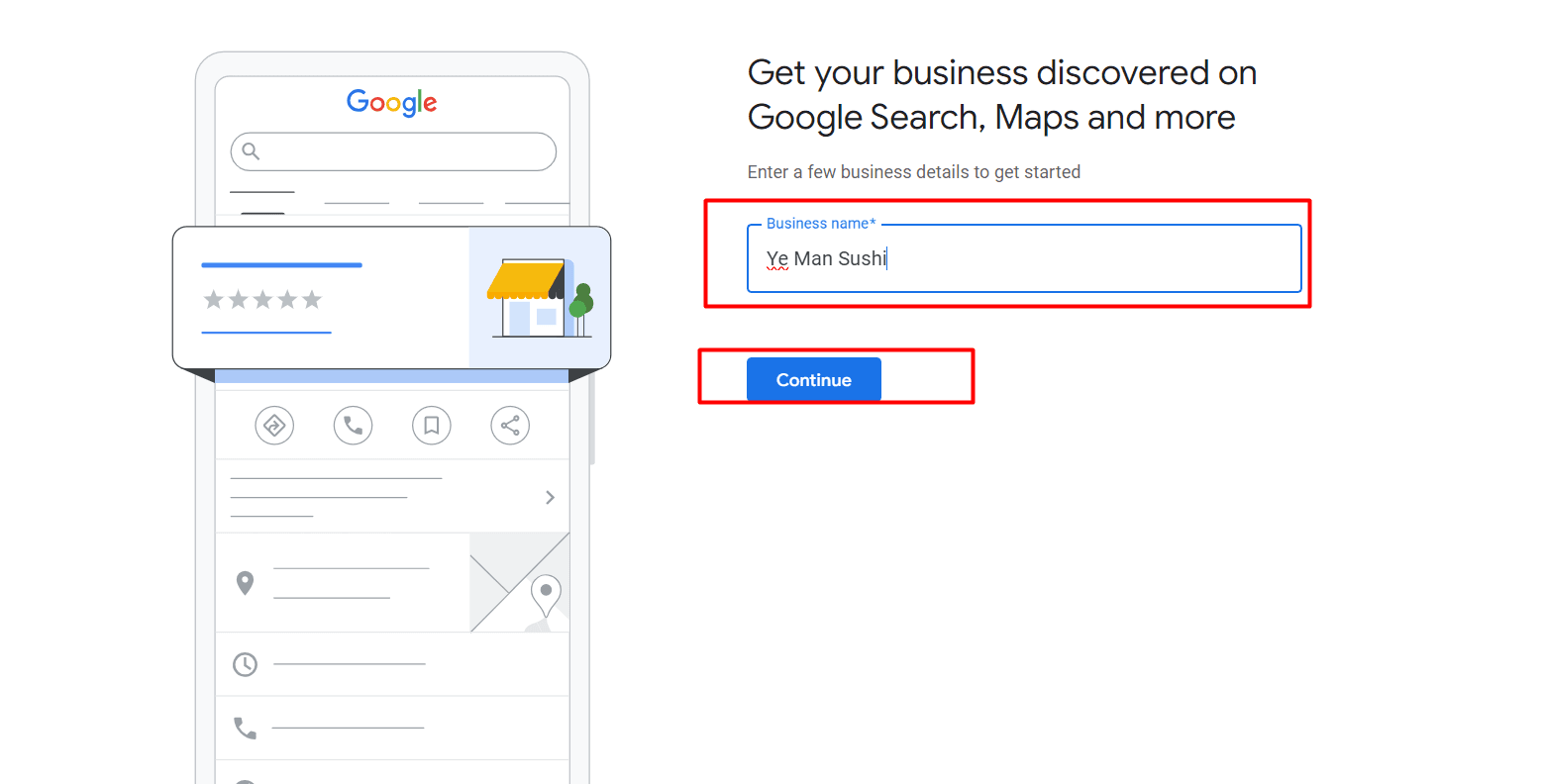
4. Choose your business type
There are three options to select from; Online retail, Local store, and Service business. In this case, we will select “Local store” as we are a restaurant.
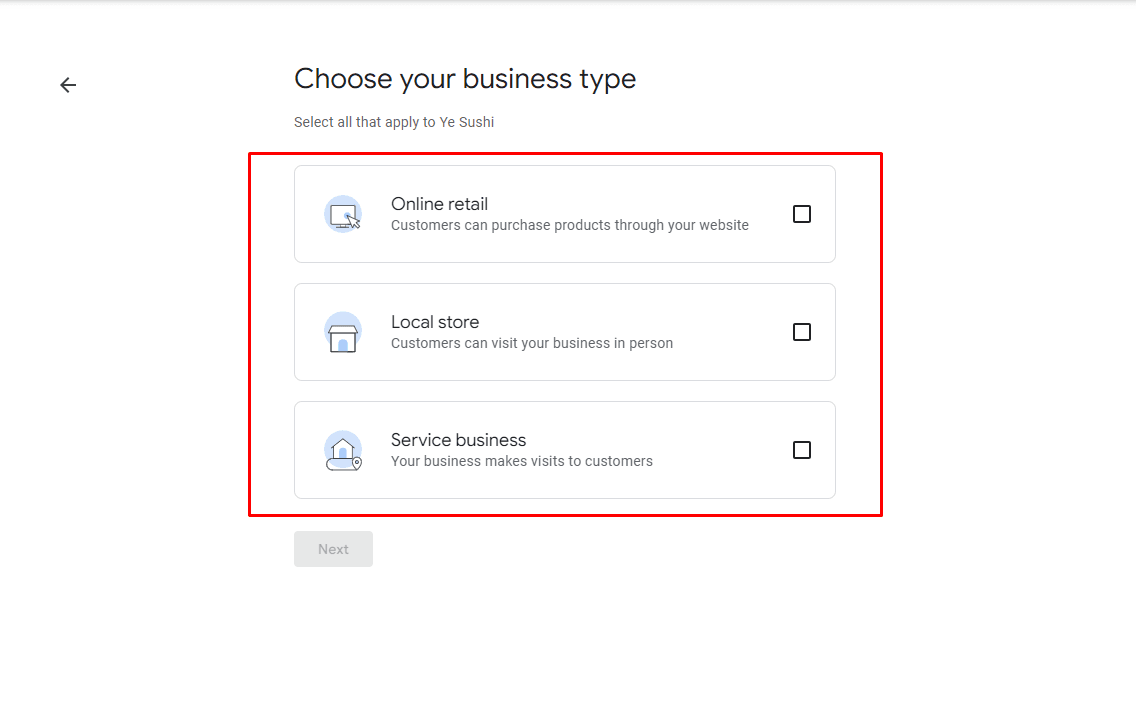
5. Choose your business category
In the next step, type “Restaurant” in the category box. Choose the category that best describes your restaurant, such as “Thai Restaurant”, “Seafood Restaurant”, or “Cafe”.
- Click “Next” when you’re done.
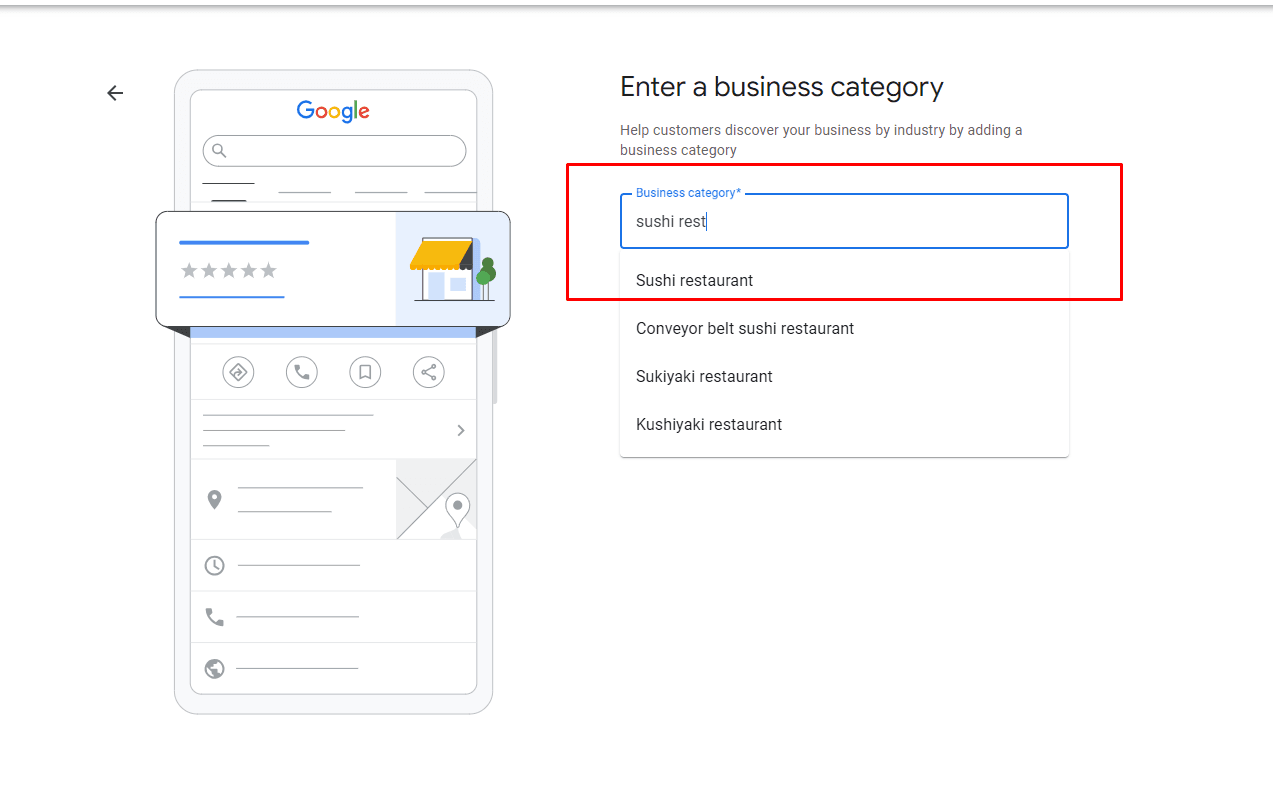
6. Add your location
You’ll now be asked if you have a physical location. Since you run a restaurant, select “Yes”.
- Enter your restaurant’s address as it is shown on maps or your delivery apps. Double-check to make sure everything is correct.
- Click “Next”.
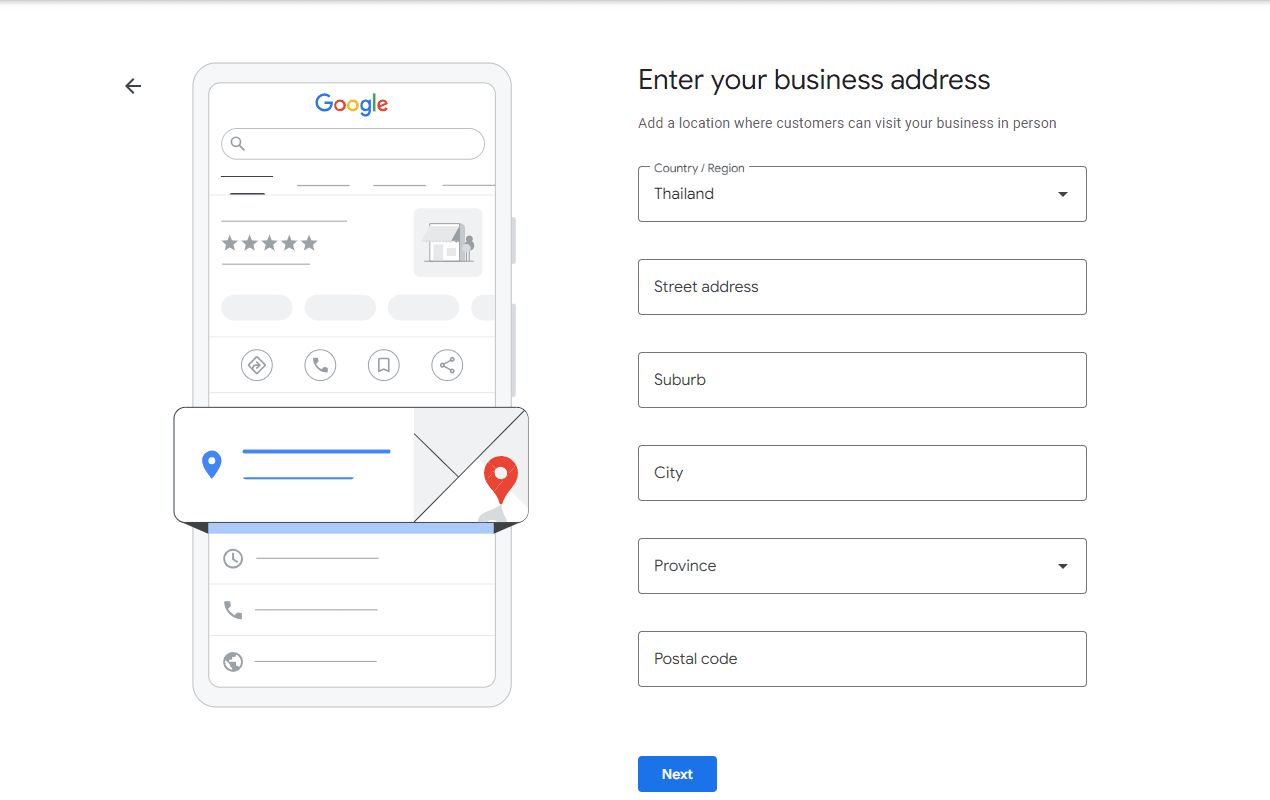
7. Google will show you some similar business names to yours and ask if it’s yours
Click None of these to proceed.
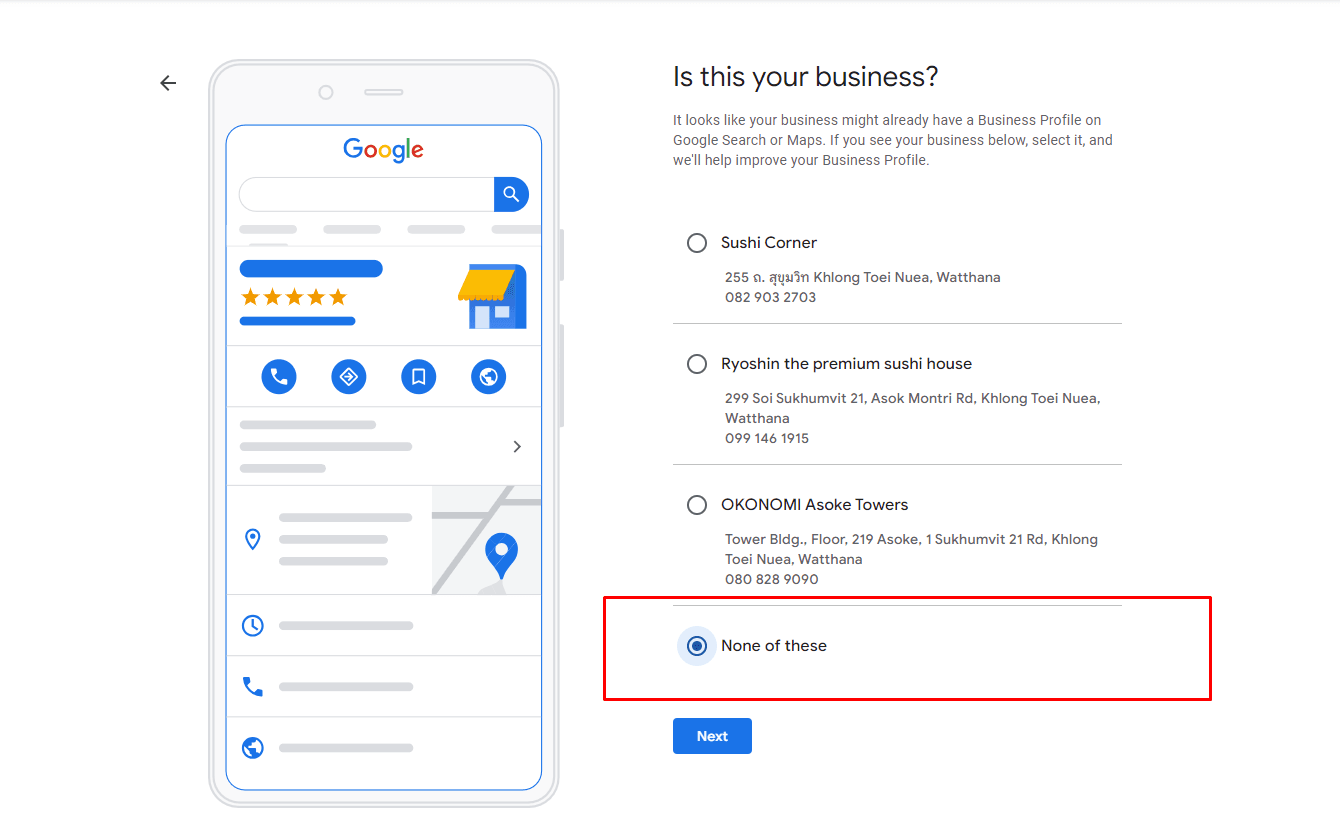
8. Pin your location on Google Maps
Google will ask you to pin the exact location of your restaurant on Google Maps. Move the marker to match the entrance of your restaurant, then click “Next”.
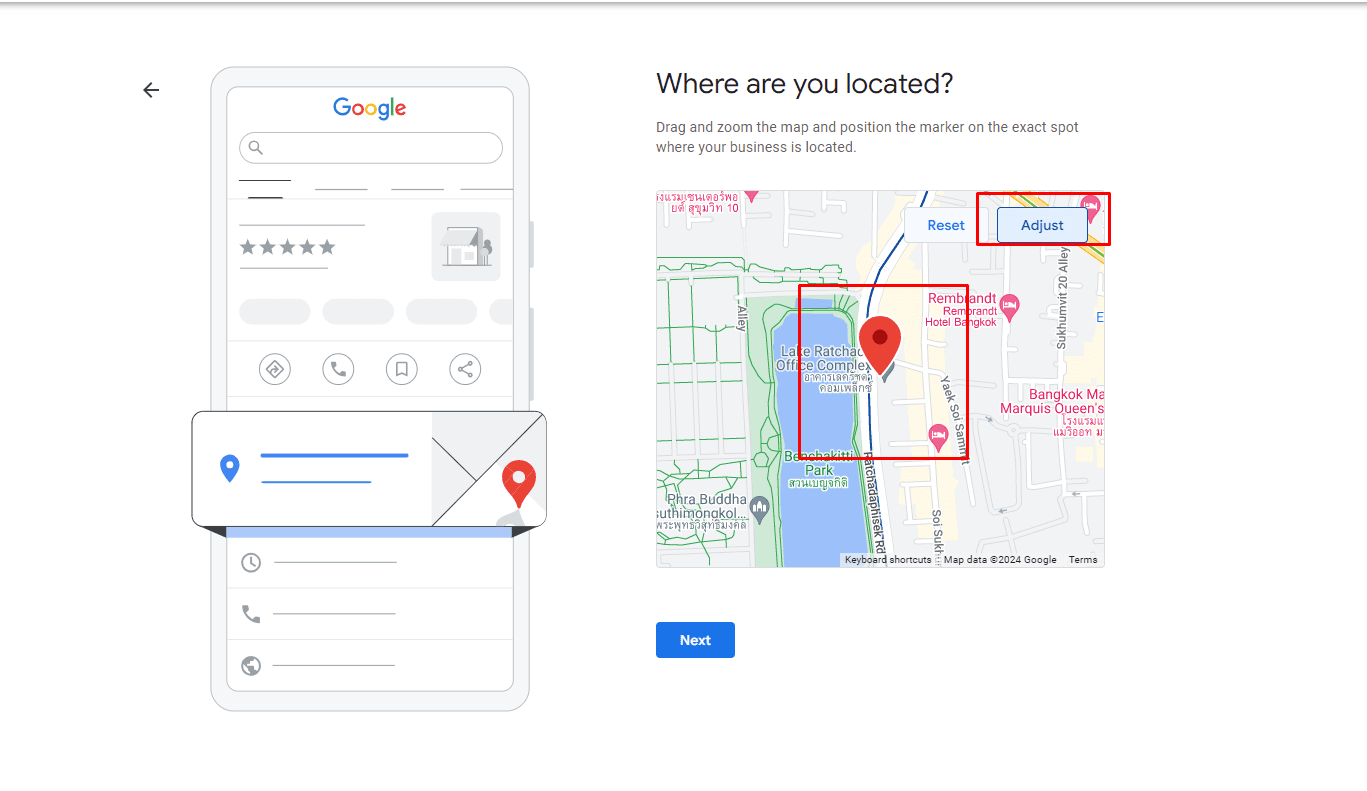
9. Add your contact information
Now it’s time to add your phone number and website. Both of these are very important as customers will use this information to call you or check your menu.
- If you don’t have a website yet, you can leave the field blank, but it’s better to include one if possible.
- Click “Next”.
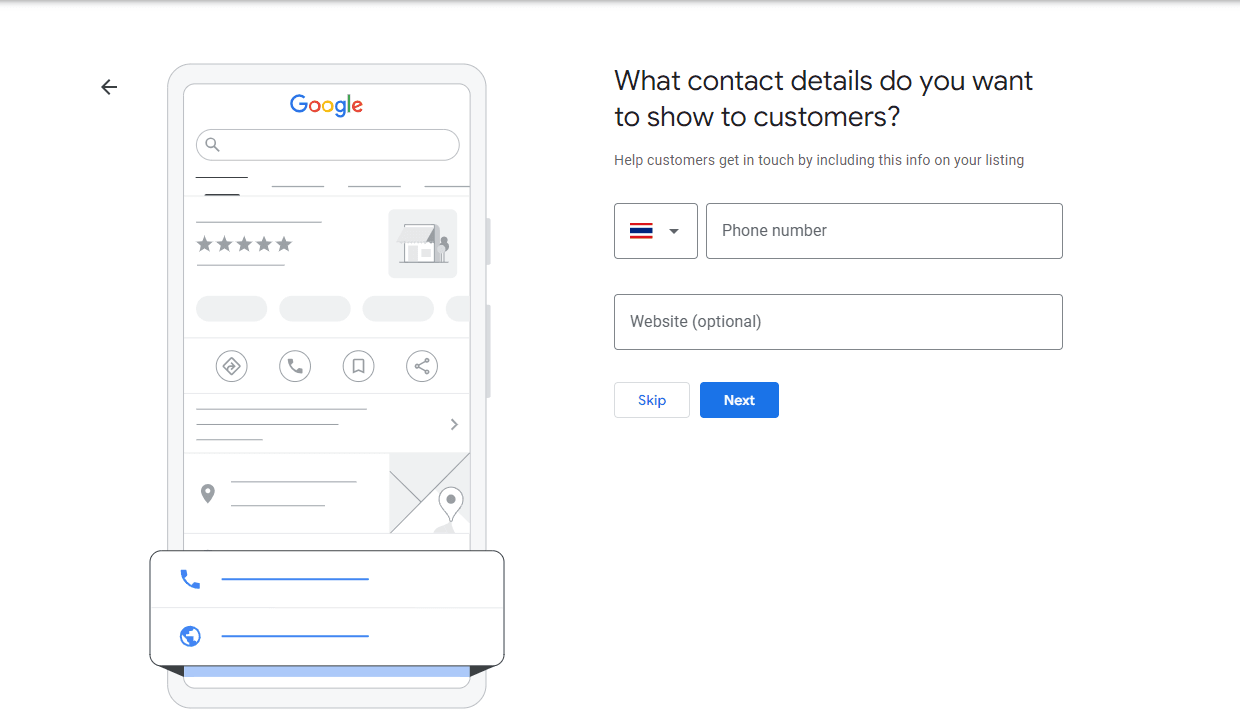
10. Finish and verify your listing
To make sure your restaurant really exists, Google will send a postcard with a code to your restaurant’s address. This is called the verification process.
- Choose “Mail” to receive your postcard, then click “Finish”. The postcard will arrive in 5-14 days.
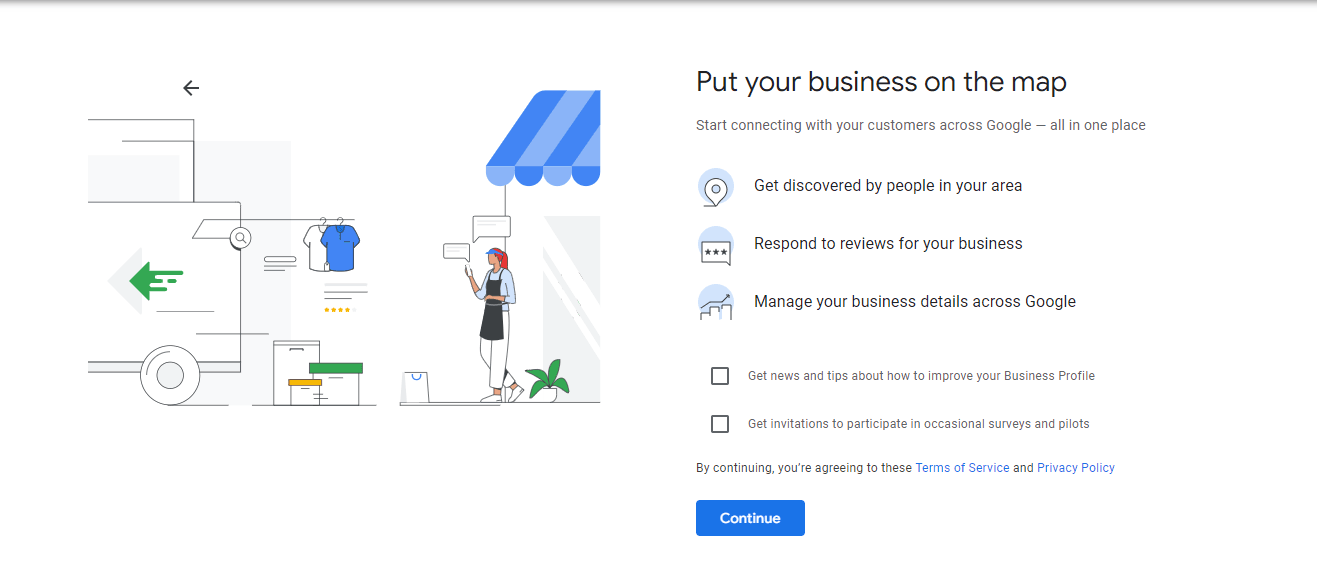
11. Enter the verification code
Once your postcard arrives, go back to your GMB account and enter the verification code to complete the process. This step is essential because your business won’t show on Google Maps until it’s verified.
12. Complete your profile
Now that your listing is live, it’s time to complete your profile:
- Add photos of your restaurant: Show pictures of the food, inside the restaurant, and the outside view.
- Set your opening hours: Make sure people know when you’re open.
- Write a short description: Tell customers what makes your restaurant special (e.g., great Thai food, friendly atmosphere, or vegan-friendly options).
Bonus: Keep your listing updated
- Respond to reviews: Thank customers for positive feedback and politely address any issues.
- Update your menu: Add new dishes or special promotions.
- Post updates: Share any new events, offers, or updates to attract more attention.
That’s all for now restaurant owners in Thailand! I know it’s a bit overwhelming, and confusing. But don’t worry I have got your back! If you need any help, feel free to reach out and get a free SEO consultation for your restaurant. I will write another article that will be the part two of this article. Also let me know if you want to know about anything in the comments, and support me by sharing this article to social media platforms.
Cheers
Ye Man Pyae, SEO Consultant in Bangkok, Thailand

